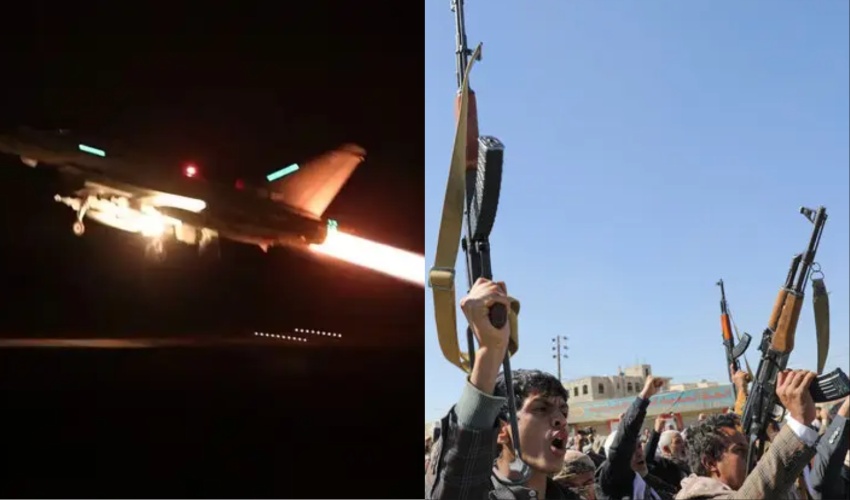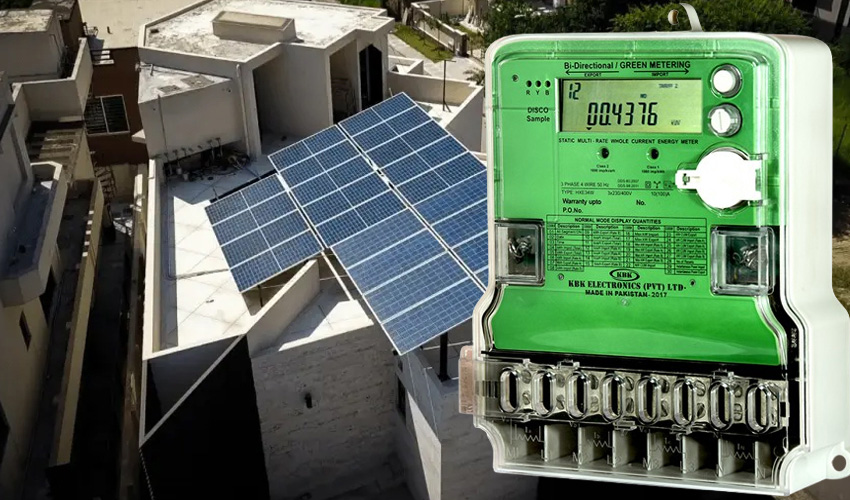In a continued effort to protect vital shipping routes in the Red Sea, the United States conducted a second strike on Houthi targets in Yemen, marking the latest development in the ongoing conflict between the Houthis and international forces.
The operation, described as a "follow-on action" by the US, specifically targeted a Houthi radar site.
This follows joint UK-US airstrikes on nearly 30 Houthi positions, supported by allies such as Australia and Canada, aimed at curbing the recent surge in Houthi attacks on shipping vessels in the Red Sea.
The US Central Command stated that the strikes were designed to degrade the Houthi's ability to threaten maritime vessels.
Houthi spokespersons vowed a "strong and effective response" to the latest strikes, emphasizing that there were no injuries or material damages resulting from the attacks.
Despite the strikes, Houthi representatives conveyed that the impact on their ability to impede vessels in the Red Sea and the Arabian Sea was minimal.
The heightened tensions in the region have led to concerns about potential destabilization in the Middle East. Thousands of people gathered in Saana, Yemen's capital, after the initial US-UK strikes, expressing solidarity with the Palestinians and voicing anti-US sentiments.
Both the UK and the US maintain that their actions are solely focused on safeguarding crucial shipping routes and are unrelated to the Israel-Gaza conflict. The Red Sea sees about 15% of global seaborne trade, including 8% of global grain, 12% of seaborne oil, and 8% of the world's liquefied natural gas, according to the White House.



























